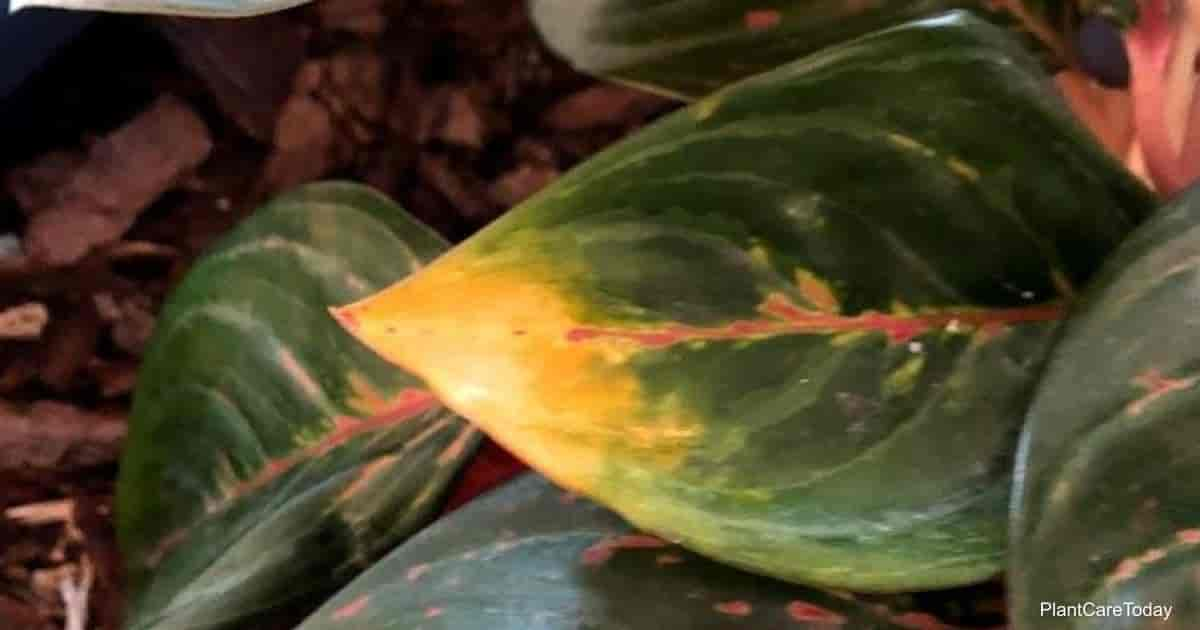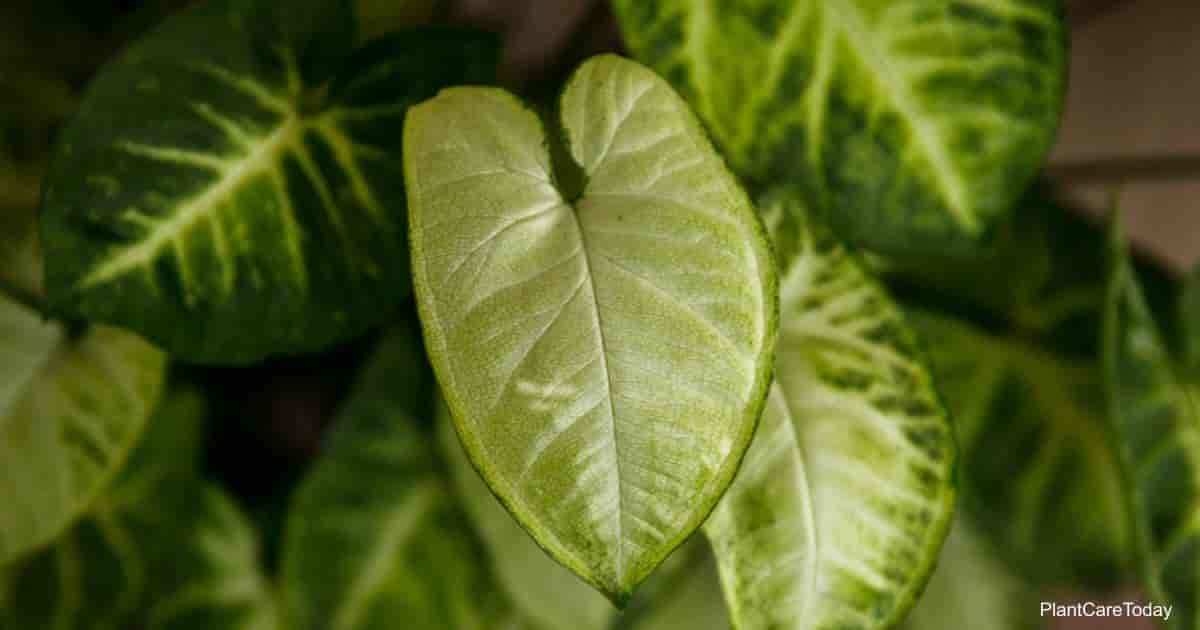Zamioculcas Zamiifolia (zam-ee-oh-KUL-kass zam-ee-FOH-lee-uh) is a rugged, popular houseplant that is an excellent choice for negligent indoor gardeners with less-than-perfect plant conditions. This plant is also known as:
- Zanzibar Gem
- Emerald Palm
- Eternity Plant
- Aroid Palm
- Aroid Plant
- Zuzu Plant
But you will most frequently hear it referred to as simply the ZZ Plant. While this is a popular plant, it’s easy to buy just about anywhere. It is also, unfortunately, a poisonous plant, with all parts considered toxic to cats, dogs, livestock, and humans.
In this article, we discuss the ZZ Plant, its toxicity, and its care. Read on to learn more.
Why Is ZZ Plant Popular?
ZZ Plant is an easy-going African native, a semi-succulent plant that is drought resistant and exhibits medium severity poison characteristics. The plant can survive for months with water.
This very pretty plant with glossy green leaves does quite well in the low lighting, dry air conditions that are common to many indoor settings.
Toxicity levels notwithstanding, during the 1990s, nurseries in Holland began growing them and distributing them worldwide.
They quickly became extremely popular because of their perfect, carefree temperament as indoor plants. They do equally well in home and office settings.
How Dangerous Are ZZ Plants?
In the early part of this century, there were some rumors claiming that contact with this plant could cause cancer; however, these are simply untrue.
Although all parts of this plant are toxic, it’s not quite as dangerous as you might fear. As with many toxic plants, ZZ Plant is not especially appetizing. A pet that nibbles on it is unlikely to eat much.
If a significant amount of the plant is ingested, it will cause gastric distress, diarrhea, and vomiting; however, these symptoms are not likely to be severe.
The sap of the plant is irritating and can cause a skin rash and/or damage to the eyes because the sap contains calcium oxalate crystals, which can cause irritation and gastric distress because it is made up of crystals with sharp edges that are quite irritating.
Contact with soft tissue such as eyes, lips, and tongue will cause an instant burning and swelling sensation. This is what prevents ingestion of the plant.
It would be difficult for a pet or a child to eat enough of the ZZ Plant to cause cramps, diarrhea, vomiting, and stomach ache; however, if this happens, symptoms should resolve on their own within a couple of hours.
What Can You Do to Protect Against ZZ Plant Toxicity?
Remember to wear your gardening gloves and protect your eyes when you’re working with your ZZ Plant. Be sure to wash them after using them. Likewise, you’ll want to be sure to wash off any gardening tools you use with the ZZ Plant.
If you do get the sap of the ZZ Plant in your eyes or mouth, you should flush the area immediately with clean, lukewarm water.
Before administering any treatment, you must make sure that there aren’t any bits of ZZ Plant left in your child’s or pet’s mouth.
Once you are sure all the offending bits of vegetation have been removed, rinse away sap and give milk, yogurt, or ice cream.
Remember to wash your own hands after treating your pet or child.
Is It Possible to Keep ZZ Plant Safely?
The potential toxicity of the ZZ Plant might frighten you away from having one in your home, but keep in mind that no matter what type of plants you have, you should keep them out of the reach of children and pets.
Even if the plant is not toxic to the pet or the child, you want to protect it against curiosity and meddling.
For this reason, just practice standard protocol and keep your ZZ Plant in an area where it won’t be brushed against by passersby or tampered with by pets and kids. Set it on a tall shelf or place it in an area that is physically off-limits.
NOTE: Orange peels have been suggested to discourage curious pets from checking the ZZ plant out.
This Easy Care Plant Does Well in Most Settings
Generally speaking, if you are comfortable in your home, your ZZ Plant will be as well. This plant can do well in a wide range of light settings and likes moderate humidity and standard temperatures.
Your plant won’t need a great deal of pruning or other handling, so that should set your mind at ease in regards to its potential toxicity.
Generally speaking, the ZZ Plant rewards a very small amount of effort with an abundant amount of pretty green foliage.
This plant survives and thrives with an infrequent watering schedule. Use the soak and dry method to water thoroughly and wait until the soil is dry before watering again.
Place the plant in low to bright indirect light. Understand that, like all plants, it will do better with more light. In fact, with good lighting, it may even produce a few small, discrete flowers in the springtime.
A well-cared for plant will also need very little in the way of pest management.
Like many toxic plants, it is resistant to most pests; however, an overwatered ZZ Plant will attract aphids.
Although this plant doesn’t need regular pruning, you may want to dust it from time to time. As with many succulent plants, its thick, fleshy leaves seem to attract dust, and this can interfere with photosynthesis.
ZZ Plant is a relatively fast grower, so you may need to repot it annually in the springtime. When you do, you may also want to propagate new plants by dividing the rhizomes and/or taking cuttings.
Just remember that the sap can cause skin irritation, so use protection and wash your gardening equipment afterward.
Credit : Gary Antosh (https://plantcaretoday.com/zz-plants-poisonous-cats.html)





